Historically, female characters in the horror genre have often appeared as brainless fodder for the deranged male killer intent on destroying them. However, some of the most iconic horror movies, including Halloween (1978) and Friday the 13th (1980), feature resolute and courageous heroines who refuse to become victims, fighting back against their tormentors with every ounce of strength they have left.
While characters such as Halloween’s Laurie Strode (Jamie Lee Curtis), Friday the 13th’s Alice Hardy (Adrienne King), and Scream’s Sidney Prescott (Neve Campbell) are well-known to horror fans worldwide, a number of minor female characters have left an indelible impression on audiences and on the genre as a whole. The list below is by no means reflective of the most important minor female characters who have ever graced the horror screen, but rather a collection, in no particular order, of this author’s personal favorites.
In honor of the 8th annual Women in Horror Month…enjoy!
1. Friday the 13th Part 2, Vicky (Lauren-Marie Taylor)
In Steve Miner’s Friday the 13th Part 2 (1981), the character of Vicky serves as the film’s gentle spirit. From the start of the narrative she is drawn toward Mark (Tom McBride), the handsome, wheelchair-bound jock. Not only does Vicky reveal her playful side when around Mark, but she is also kind to him and expresses a genuine interest in how he became injured. In many films, handicapped characters are often the pariahs of the story (consider the ways in which Franklin is treated by the other characters in The Texas Chain Saw Massacre), but Vicky openly and at times brazenly seduces Mark, clearly drawn to both his brawn and his brain. The doe-eyed Lauren-Marie Taylor embodies Vicky’s innocence and flirtatiousness, while her death scene features one of the more memorable images from the film: Jason’s bruised left thumbnail as he clutches a knife and advances upon the helpless girl. Regrettably, Taylor did not appear in any horror movies after Friday the 13th Part 2, but she made a delightful showing in the 2009 documentary His Name Was Jason, recounting humorous stories from the set.
2. The Shining, Doctor (Anne Jackson)
As one of the few consoling voices in Stanley Kubrick’s masterpiece The Shining (1980), the unnamed doctor appears early in the film, shortly after Danny Torrance (Danny Lloyd) collapses while talking to his imaginary friend Tony. As a nervous Wendy Torrance (Shelley Duvall) looks on, the doctor gently attempts to probe the corners of Danny’s mind and determine if the boy is in any danger. When Danny refuses to talk about Tony anymore, the doctor remains unruffled, exuding the same kind of soft-spoken care that any parent would hope to see from their child’s pediatrician. Once the woman and Wendy are alone, however, the scene shifts into dark territory as the doctor exposes the cracks beneath the surface of the Torrance family. Here, the doctor’s stern expression as she learns of Danny’s shoulder injury, captured chillingly by veteran stage and film actress Anne Jackson, communicates an underlying sense of dread. The scene ends abruptly, paving the way for the true horrors to come at the Overlook Hotel.
3. Halloween II, Nurse Jill (Tawny Moyer)
Though her screen time is limited in director Rick Rosenthal’s Halloween II (1981), Nurse Jill fills a vital role as Michael Myers stalks the abandoned corridors of Haddonfield Memorial. Initially, Jill acts as a comfort to Laurie Strode (Jamie Lee Curtis) as Dr. Mixter (Ford Rainey) administers a drug that will put the terrified girl to sleep. But as the film continues and Michael arrives on the scene, the importance of Jill’s character increases. During the parking lot scene, when she discovers that the tires on all of the cars have been slashed, Jill becomes the first person to confirm Laurie’s suspicions that the infamous bogeyman might be near. Rather than flee the grounds, she bravely returns to the hospital to help anyone in need. Though Jill meets her demise when Michael startles her from behind and drives a scalpel into her back, her death functions as a signal to Laurie. As Michael lifts Nurse Jill into the air on the blade of the knife and her white nursing shoes fall to the floor, Laurie realizes just how devoted the killer is to his task. The suspense in Halloween II intensifies at this moment, turning the film into a twisted game of cat-and-mouse between a psycho killer and his innocent sister.
4. Creepshow, Sylvia Grantham (Carrie Nye)
In 1982, George Romero directed one of the most impressive horror anthology films of all time: the delightfully morbid Creepshow. With a clever screenplay by Stephen King, Creepshow features four vignettes, including the zombie tale “Something to Tide You Over” and the creature-feature “The Crate.” But it is the film’s first segment, “Father’s Day,” that remains the highlight of the picture, a wry and horrific story of a deceased patriarch returning from the grave to exact revenge on his family. As the cool and elegant head of the clan, Sylvia Grantham carries most of the narrative, filling in the audience on the bleak story of Aunt Bedelia (Viveca Lindfors) and the brutal murder of her father. The comic-book styling of Creepshow bursts to life at the moment of Sylvia’s death, while also showing audiences that this is R-rated horror with a comedic edge. Today, some of the performers (including Ed Harris as a country hick and King himself as bumbling farmer Jordy Verrill) are a bit hokey, but Carrie Nye’s smooth turn as an aging matriarch still holds up. Unfortunately, after a lifetime of successful television performances, the actress passed away in 2006.
5. The Texas Chain Saw Massacre, Pam (Terri McMinn)
In Tobe Hooper’s 1974 classic, the character of Pam not only provides audiences with one of the film’s most iconic tracking shots, but she also alludes to the picture’s underlying themes. The dust-and-sun-swept cinematography of the film parallels Pam’s warning to her friends of retrograde planets, hell-bent astrology, and the merciless cosmos. She is the only one who seems aware that they have entered an arbitrary and cruel universe, alive with burning-red suns and punishing heat. The burning sun follows the beautiful girl throughout the movie, glaring overhead at the dried-up swimming hole, outside the farmhouse, and in her glimpse of blue-sky freedom before Leatherface drags her back inside to meet her fate. Other inverted images associated with Pam—the broken vending machine, the skeleton trees decorated with empty tin cans, and the pocketwatch punctured with a twisted nail—further emphasize the disruption of social order in Hooper’s masterpiece. After Leatherface traps her in the freezer, slamming the lid down on her frozen body, Pam is never seen or heard from again, as forgotten as the armadillo roadkill that marked the beginning of her descent into hell. Fortunately, actress Terri McMinn has made no such disappearance, with roles in 2012’s Butcher Boys and an upcoming appearance in 2017’s Awakening.
6. The Exorcist, Sharon (Kitty Winn)
Although appearing only in snippets throughout William Friedkin’s The Exorcist (1973), the character of Sharon is critical to the story’s final confrontation between Father Merrin (Max von Sydow), Father Karras (Jason Miller), and the demon Pazuzu. From Sharon’s very first appearance in the movie, in which audiences learn that she spent the day looking after Regan (Linda Blair), Friedkin suggests a lurking presence in the MacNeil home. In that scene, Sharon eagerly bites into an apple—the forbidden fruit. The devil himself seems to be tempting Sharon away from the family, but she refuses to go, a loyal confidante to both Chris MacNeil (Ellen Burstyn) and her daughter. Throughout the picture, Sharon remains by their side, never cowering away from the horror that grows with every scene. Courageously, she alerts Chris to the tragic message scratched across Regan’s abdomen, and she never abandons her post as Regan’s caregiver, no matter how terrifying the situation gets. Sharon contributes to the strength and unity in the family, qualities that prevent the demon from exerting its full control during the exorcism scene.
7. Poltergeist, Dana (Dominique Dunne)
When discussing Tobe Hooper’s seminal haunted house film, 1982’s Poltergeist, audiences tend to focus on Carol Anne (Heather O’Rourke), the blonde-haired child who gets abducted by evil spirits through her family’s television. Not much has been made about Carol Anne’s older sister, Dana (Dominique Dunne), except that often real life is more tragic than any horror movie. Exactly five months after Poltergeist terrified American audiences everywhere, Dunne was killed by her boyfriend. The actress, whose role in Poltergeist served as the perfect counter to the innocence of the younger children in the film, was only 22 at the time of her murder. In the movie, Dana rarely appears, but her scenes are memorable for their depiction of teenage angst and sarcasm. Much to the delight of her mother (JoBeth Williams), Dana flips off the sleazy gardeners who taunt her, and she jokingly participates in the burial ceremony for Carol Anne’s deceased goldfish. Another scene, in which Dana’s father (Craig T. Nelson) reprimands her for talking on the phone late at night, accurately portrays the 80s teenager with both light humor and wry understanding.
8. Halloween, Judith (Sandy Johnson)
What was it about the lovely Judith Myers that caused her younger brother Michael to stab her to death? Was it the subtle merging of sex and death in the Myers household that drove Michael into a homicidal rage? Was Michael envious of Judith’s burgeoning sexuality, or was his knife merely a phallic symbol meant to represent his incestuous desires? John Carpenter’s undisputed classic Halloween (1978) never attempts to answer these questions, leaving audiences to analyze the film for themselves for the past 30 years or so. No matter how one interprets the movie’s chilling exposition, there is little doubt that the killing of Judith Myers turns Michael’s psychosis into bloody reality—and the little town of Haddonfield would never be the same. A former Playboy Playmate, Sandy Johnson appeared in a few forgettable T&A flicks after Halloween, but she will forever remain a cinematic icon for legions of horror fans worldwide.
9. High Tension, Mére Alex (Oana Pellea)
Alexandre Aja’s relentless home invasion and kidnapping film, High Tension (2003), stunned audiences with scenes of graphic violence and frustrated them with its much-critiqued twist ending. While the first killing in the film (the beheading of the father, played by Andrei Finti) lets viewers know that they are in for a brutal ride, it is the savage murder of the mother that gives the movie its first jolt of pure and unadulterated horror. Mére Alex’s struggle with the home intruder (Philippe Nahon) occurs mostly off-screen, as Marie (Cécile De France), the protagonist, scurries into a closet to hide. When Mére Alex stumbles into the bedroom with the killer close on her heels, Marie watches in horror through the closet shutters. What follows is one of the most gruesome and realistic throat-slashings to ever appear on celluloid. The blood continues to spray as the intruder slices off Mére Alex’s hand, mocking the poor woman’s inability to place a phone call for help. To end the scene, Mére Alex gasps for one final breath and causes one of the film’s most effective jump scares.
10. Rosemary’s Baby, Terry (Victoria Vetri)
In Rosemary’s Baby (1968), director Roman Polanski quickly establishes a Gothic mood by thrusting Rosemary (Mia Farrow) and Guy Woodhouse (John Cassavetes) into the darkness of the Bramford, a legendary apartment building haunted by tales of witchcraft and the macabre. The small role of Terry, however, gives the exposition of the movie its human core. Young, beautiful, and perhaps naïve, Terry lives with the Castavets, a elderly husband and wife who are eventually revealed to be part of a satanic cult. In her brief scene in the basement laundry with Rosemary, Terry refers directly to several of the film’s key images and motifs: the mysterious herbs, the foul-smelling tannis root, and the kindhearted old couple who seem a bit too eager to have a young girl staying with them. Shortly after, in the film’s most gruesome scene, Rosemary and Guy discover that Terry has either committed suicide or been pushed off the roof of the Bramford. Only later do audiences realize why Terry had to die, but her death, arriving little more than 15 minutes into the film, sets the stage for the impossible horror that Rosemary Woodhouse will be forced to endure.


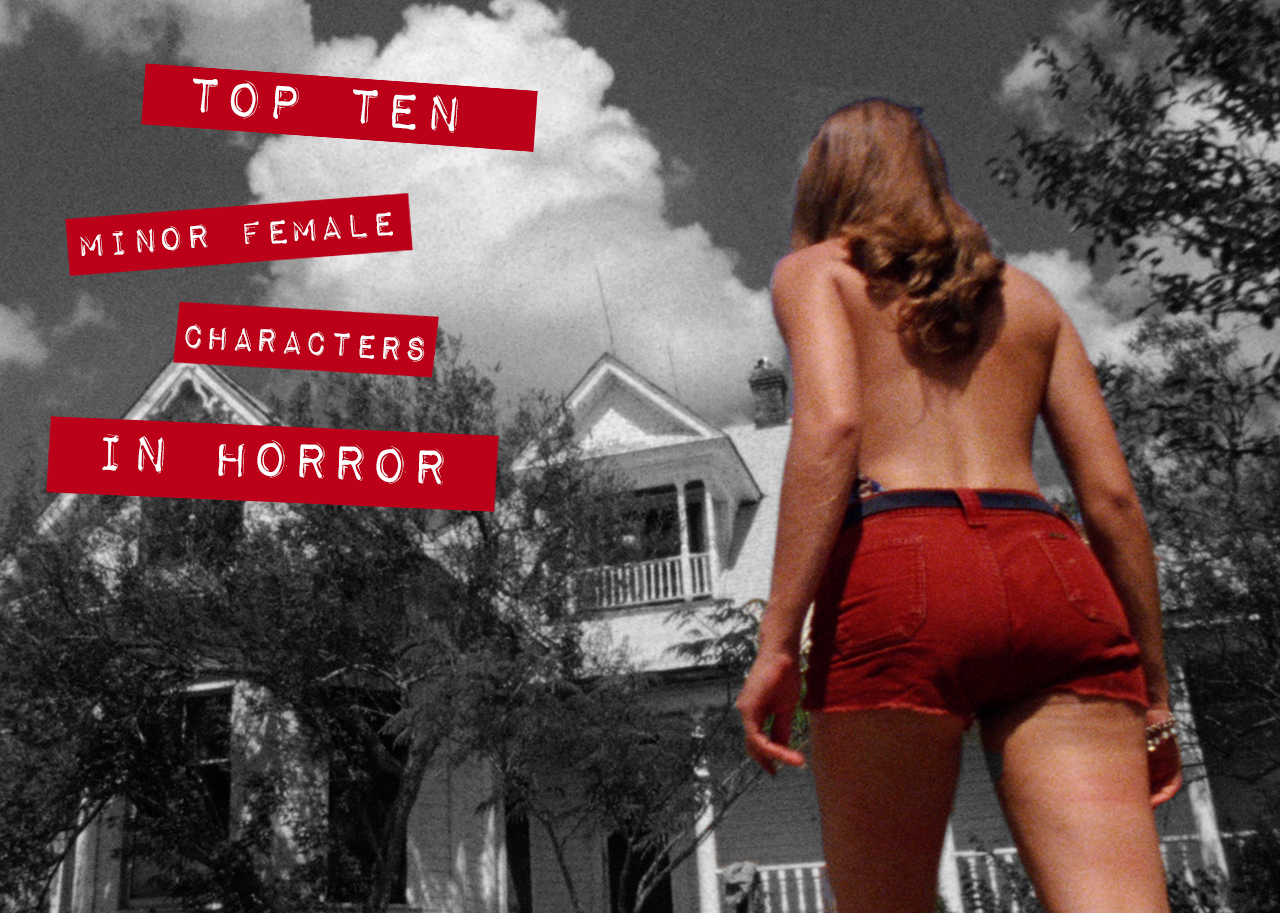
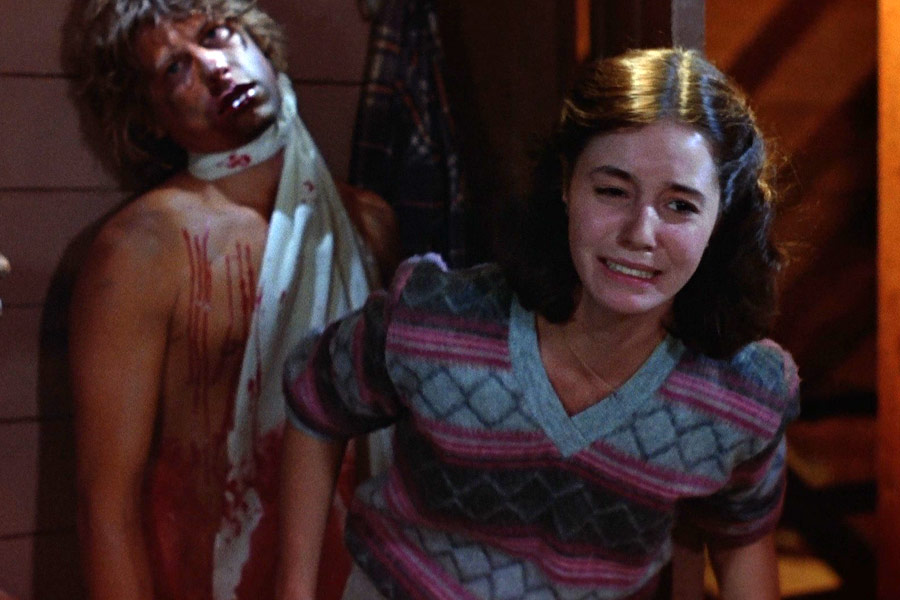
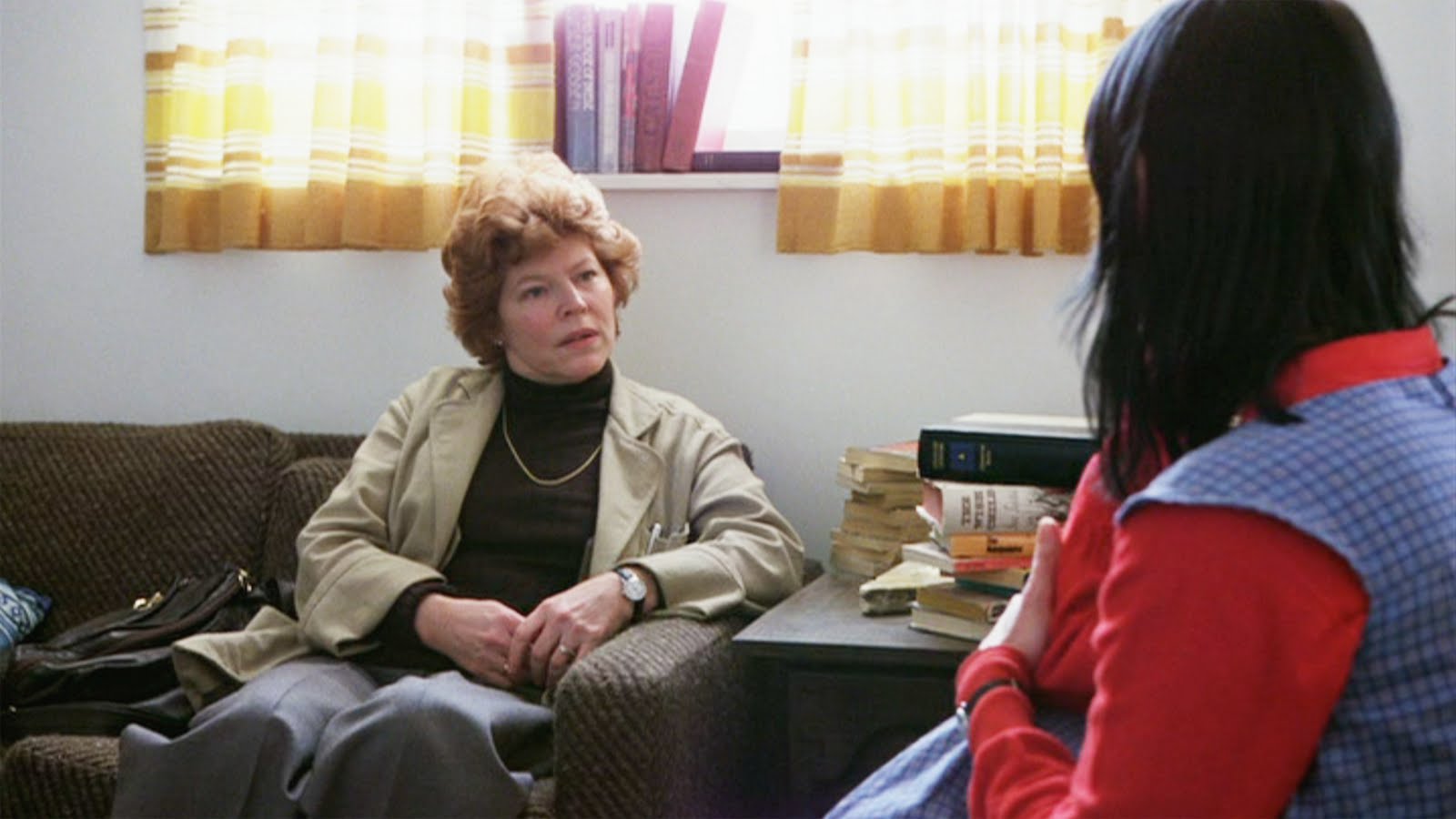
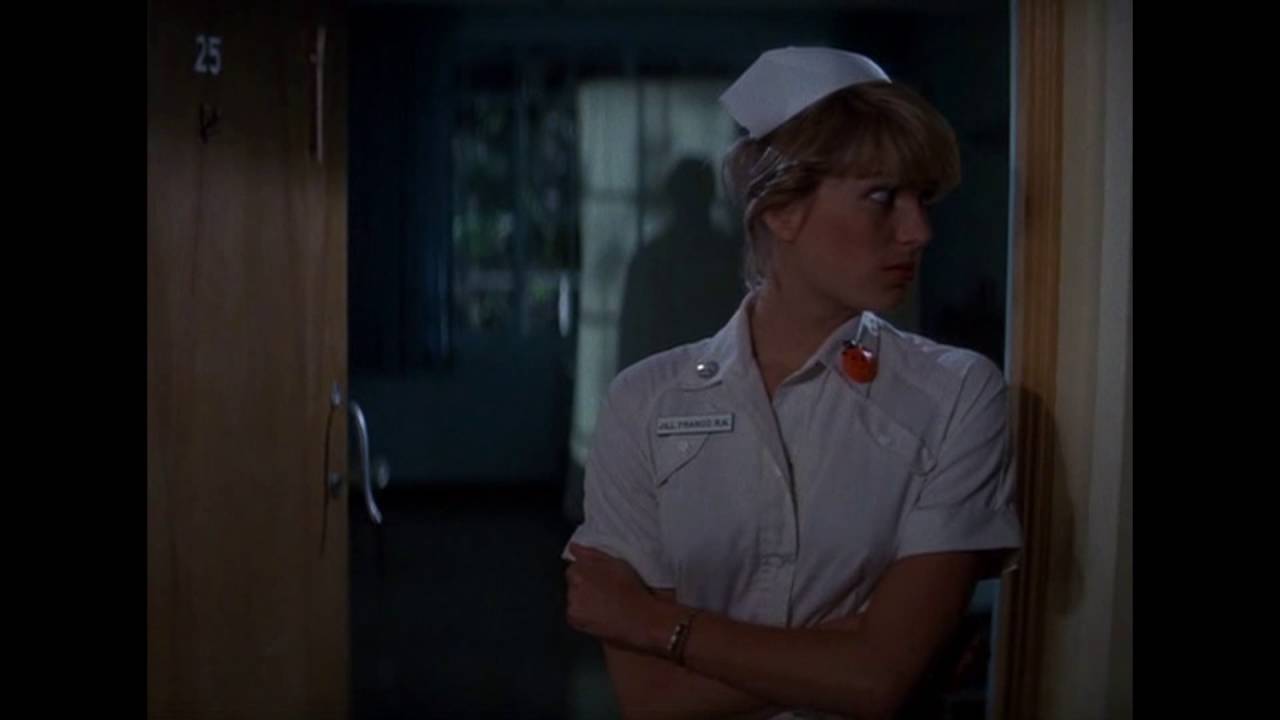
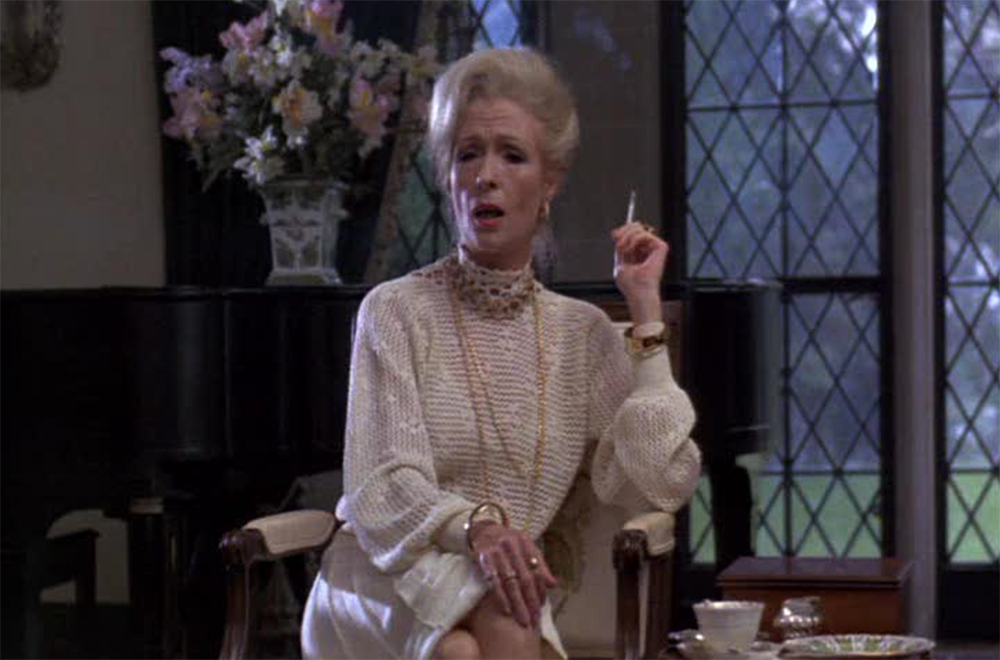
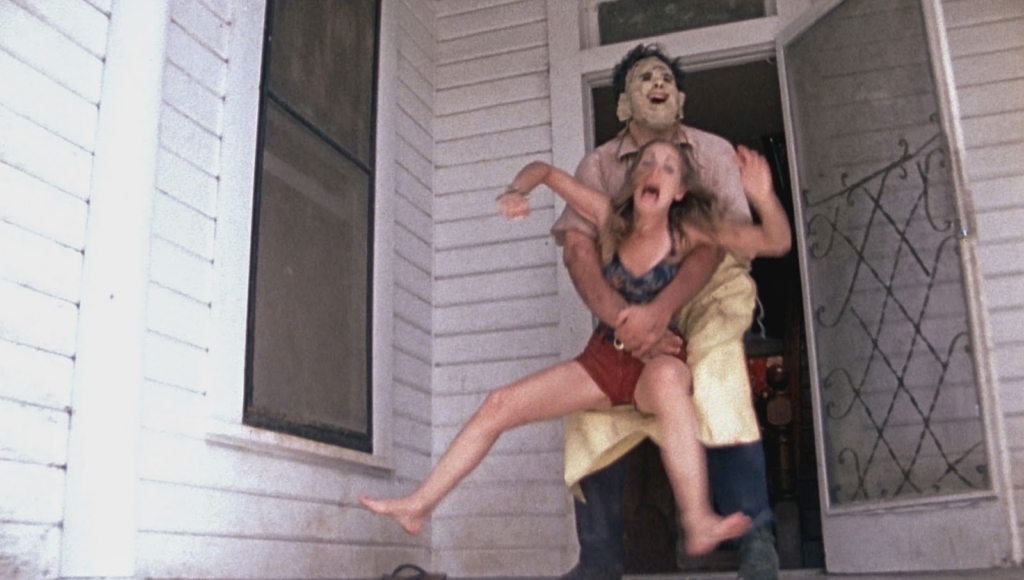
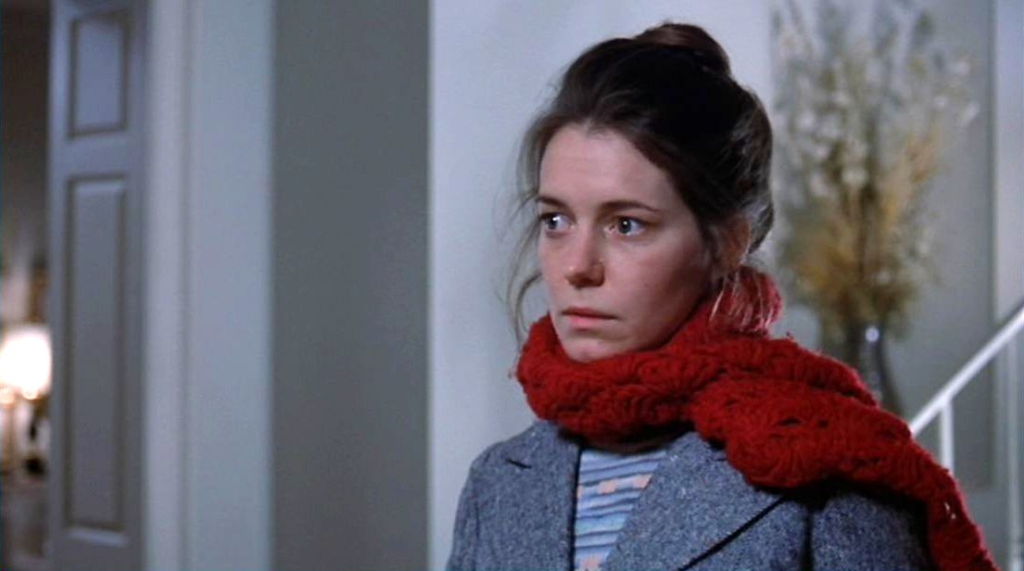
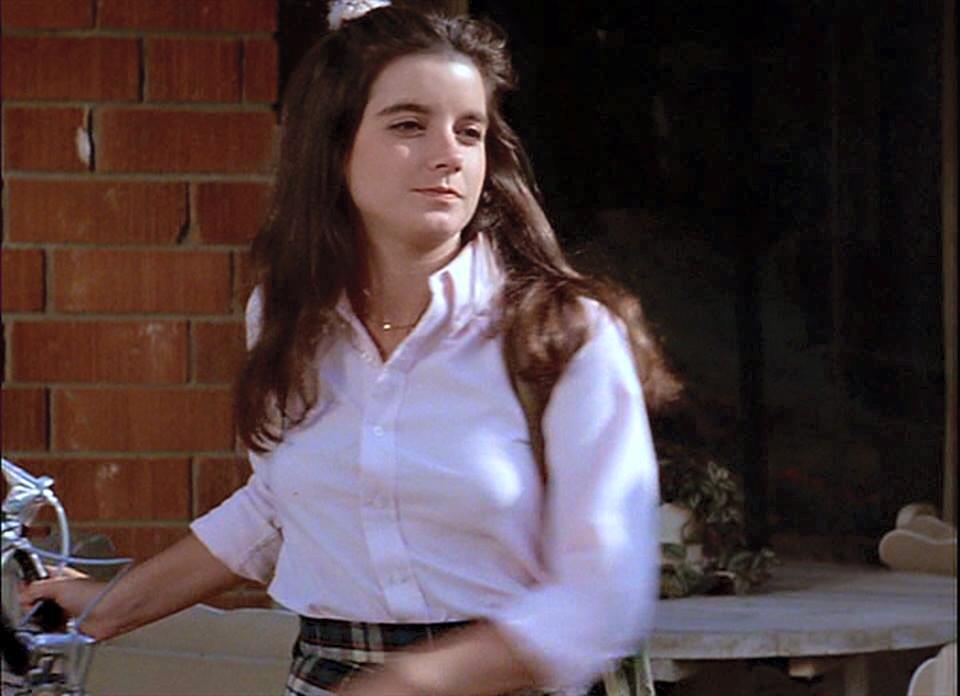
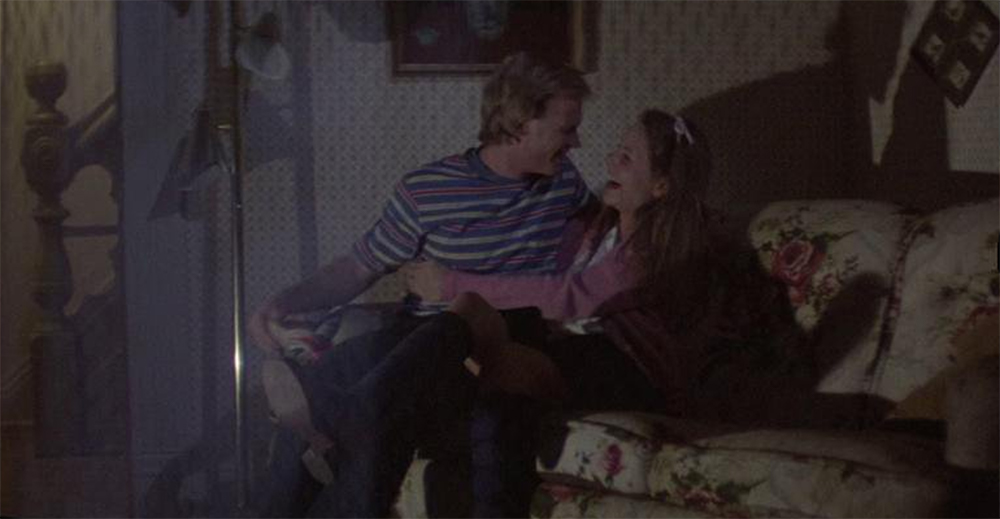
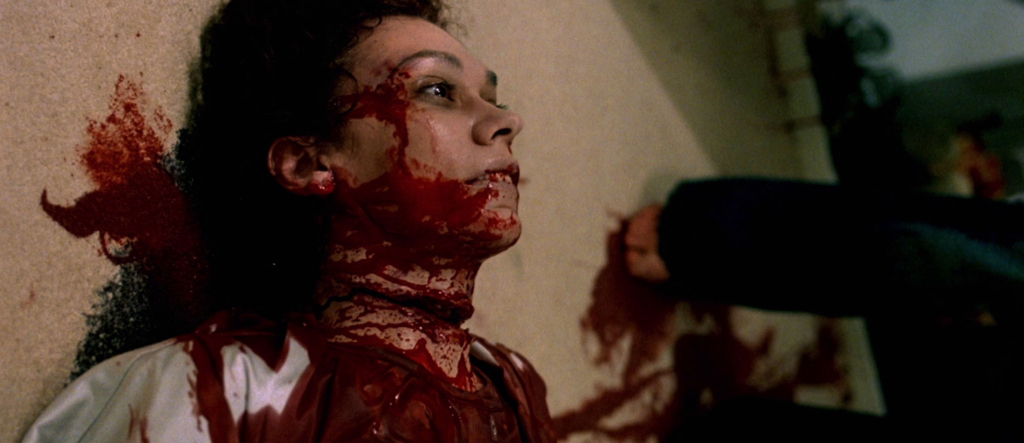
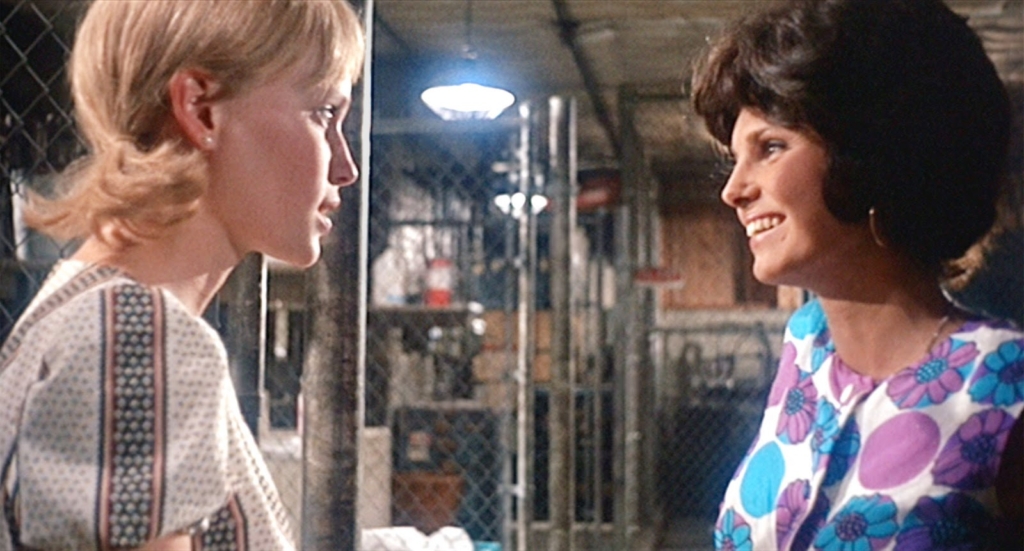
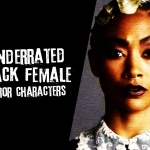

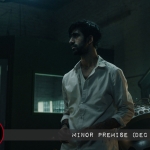




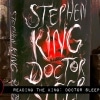
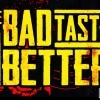



Follow Us!